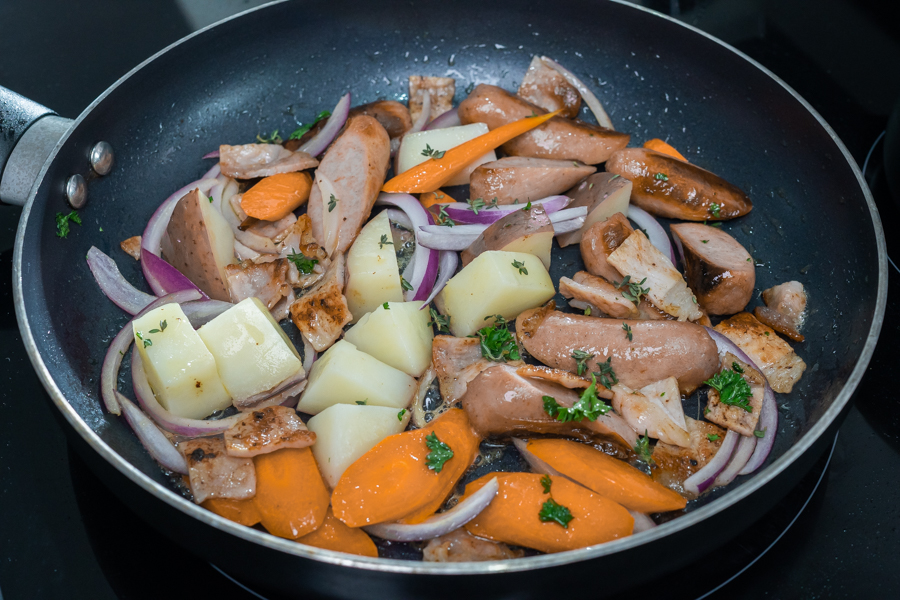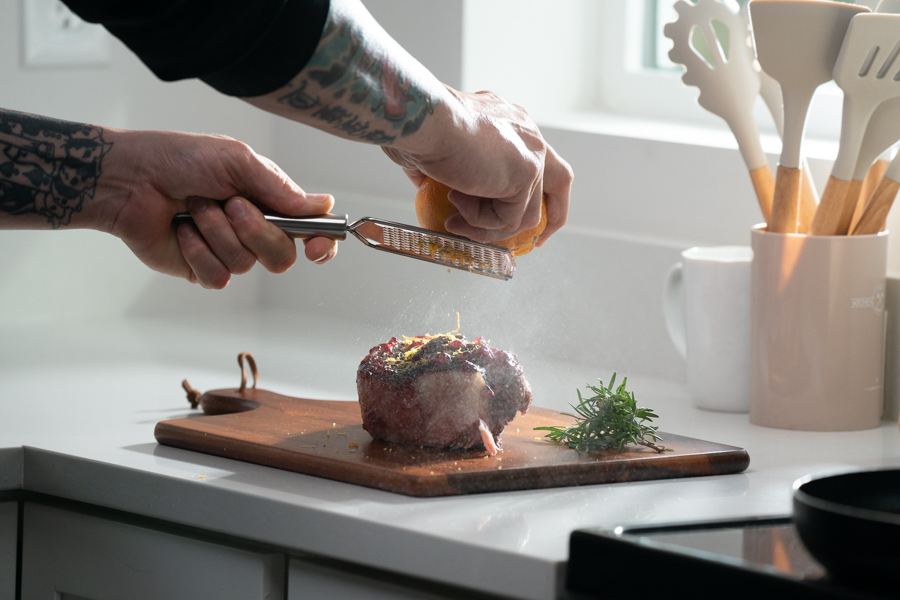Top Tips for Beginners
Irish meat is renowned for its exceptional quality and distinctive flavor. It’s no wonder that favorites back bacon, black pudding, and corned beef are beloved by chefs and food lovers worldwide. What makes Irish meat so unique is a combination of factors that contribute to its distinctive taste and texture.
First, the climate and environment in Ireland play a crucial role. The lush green pastures and temperate weather provide ideal conditions for cattle and pigs to thrive, resulting in meat that is both tender and rich in flavor. The traditional farming techniques employed by Irish farmers, many of whom have honed their skills over generations, also ensure that the animals are raised in a stress-free environment, which further enhances the quality of the meat.
Moreover, Irish meat is often seasoned with specific spices that enhance its natural flavors without overpowering them. This subtlety in seasoning is a hallmark of Irish culinary tradition and is particularly evident in delicacies like black pudding, which is made with a unique blend of oatmeal, onions, and spices. Another aspect that sets Irish meat apart is its surprisingly lower fat content, which not only makes it a healthier option but also contributes to a cleaner, more refined taste that is quite different from the heavier, fattier meats often found in American cuisine.
 Understanding Irish Meat
Understanding Irish Meat
Types of Irish Meat
Irish cuisine features a variety of meats, each bringing its own unique taste and texture to the table. The most commonly used are beef, lamb, and pork.
Irish beef is often grass-fed, giving it a richer flavor and a more tender texture compared to grain-fed varieties. Irish lamb is known for its tenderness and slightly sweet flavor. Pork from Ireland is generally free-range, ensuring high-quality, flavorful cuts.
Benefits of Choosing Irish Meat
Opting for Irish meat means choosing a product that is not only superior in taste, but also better for your health. Irish meats are often produced under organic and free-range conditions, leading to leaner cuts with higher concentrations of essential nutrients like omega-3 fatty acids and vitamins. This natural approach to livestock farming supports animal welfare and enhances the flavor of the meat.
Here at Tommy Moloney’s, we strive to craft the most authentic premium Irish meats available in the United States. That includes using authentic recipes from a County Limerick butcher and importing spices from Ireland.
 Basic Preparation Techniques
Basic Preparation Techniques
Meat Storage and Handling
To preserve the quality of Irish meat, proper storage and handling are crucial. Meat should be stored in the coldest part of the refrigerator or frozen if not to be used within a few days. Always thaw meat in the refrigerator to maintain safety and quality.
Preparing Meat for Cooking
Irish meat should be brought to room temperature to ensure even cooking. Marinating or seasoning your meat can also add depth of flavor. For beef and lamb, simple herbs and spices like rosemary, thyme, and garlic are great complements.
Cooking Methods
Traditional Irish Cooking Methods
Traditional Irish cooking methods like roasting, stewing, and grilling are perfect for enhancing the natural flavors of the meat. Roasting is ideal for beef and lamb, creating a crispy exterior with a juicy, tender interior. Stewing, a staple in Irish cuisine and used in popular dishes like Dublin Coddle, allows tougher cuts of meat to become delightfully tender and is perfect for a hearty Irish stew.
 Modern Twists on Classic Techniques
Modern Twists on Classic Techniques
Modern cooking techniques can also be applied to Irish meats. Sous-vide, where meat is vacuum-sealed and cooked in a water bath at a precise temperature, can enhance the texture and flavor of traditional cuts. Experiment with these methods to bring a contemporary twist to classic Irish dishes.
Must-Try Irish Meat Recipes for Beginners
Easy Traditional Recipes
Begin your journey into Irish cooking with some classic recipes:
- Dublin Coddle: Made with sausage, bacon, potatoes, and carrots, this stew is a comforting meal for any day of the week.
- Corned Beef and Cabbage: Although more commonly associated with Irish-American cuisine, this dish celebrates the flavor of Irish beef in a simple and delicious way.
Exciting Modern Dishes
For those looking to incorporate Irish meat into fusion dishes, here are some of our new favorites:
- Sausage Fried Rice: Featuring the spice of Tommy Moloney's Hot Whiskey Sausage, this is an easy and tasty weeknight meal.
- Irish Corned Beef Spring Rolls: Ireland meets China—don't knock it 'til you try it!
A Taste of Home with Tommy Moloney’s
Remember, every dish tells a story, and with premium Irish meats from Tommy Moloney’s, it’s always a story worth telling. Happy cooking!







